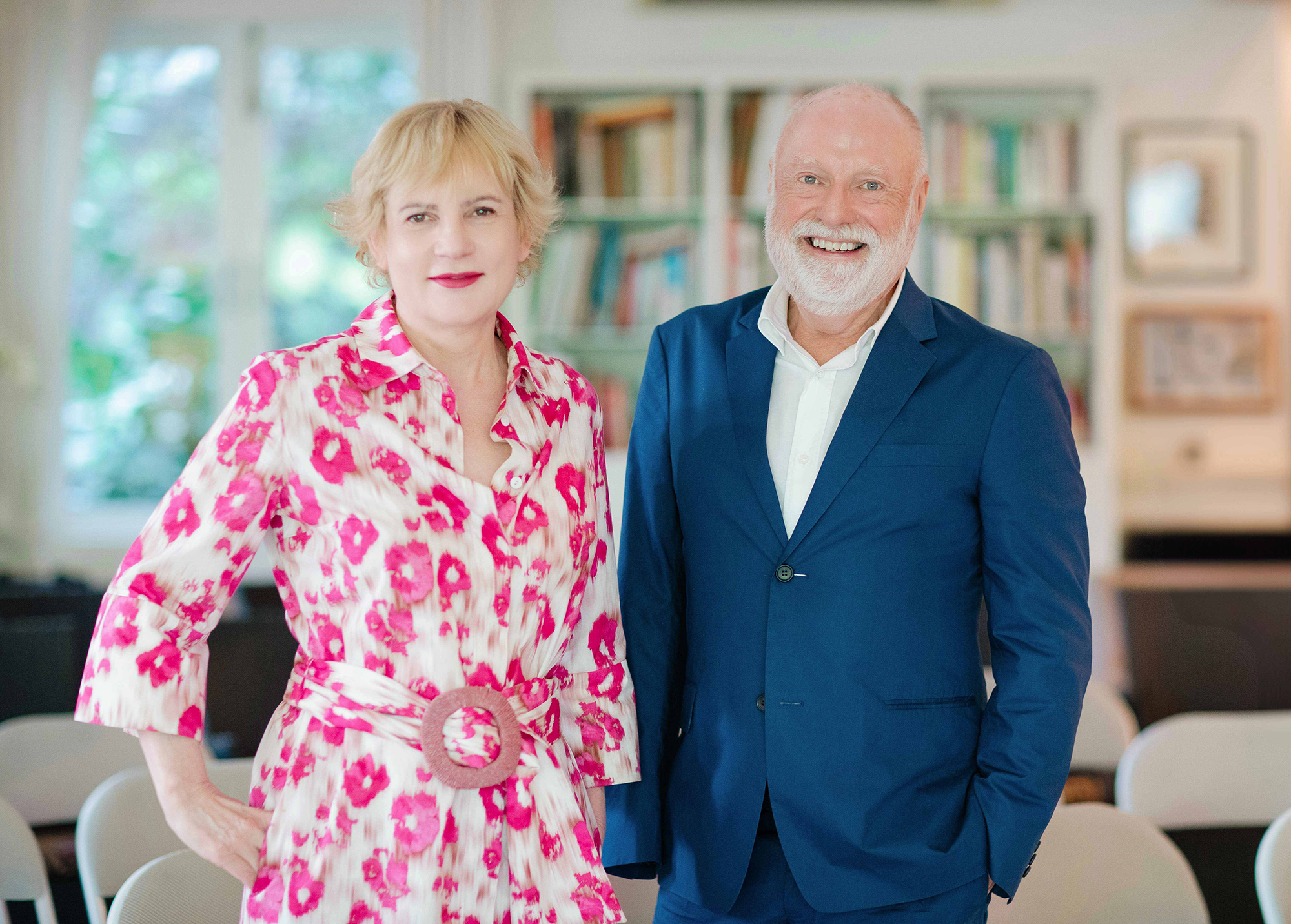Founded in 2009 by Dutch writer and collector Han Nefkens and directed by Hilde Teerlinck, the Han Nefkens Foundation focuses on grants and commissions that support the production of video art. Nefkens, who trained as a journalist in the US and France, working for more than a decade as a radio correspondent in Mexico, turned to collecting contemporary art after encountering the immersive video installations of Pipilotti Rist. Nefkens’s philanthropic activities in art, funded with family money (his father was an architect who later turned to commercial real estate development), have consistently had a public dimension; he began purchasing works in 2000, with the aim from the start of acquiring artworks for museums. His H+F Collection, featuring a range of media, began making long-term loans and eventual bequests to museums across Europe. He also began the ArtAids Foundation in 2006, commissioning artists to make work that helped to raise awareness and support those living with HIV and AIDS. (Nefkens himself found out he was HIV-positive in 1987.) Both these organisations have since made way for the activities of the Han Nefkens Foundation, which in the past has additionally supported fiction writers, but currently focuses exclusively on video art. The foundation acts as a funder of and mediator for art institutions producing new work, while neither collecting nor owning any of the resulting artworks itself. (Nefkens is instead perhaps a collector of conversations and connections: the foundation observes, but does not vote, on artist selection panels.) The organisation works with a set of partner institutions who, in the case of the foundation’s grants, have committed to exhibiting the new work; and in the case of co-commissions, to the work becoming part of the institutions’ collections. Last year saw grants given to Som Supaparinya, Natasha Tontey and Panos Aprahamian, as well as the commissioning of work by Guadeloupean artist Minia Biabiany, which will be co-owned by MACBA, Barcelona; MUAC, Mexico City; and The Bass, Miami. A set of international curators, critics and directors nominate artists, while successful candidates are selected from this shortlist by a jury made up of the directors and curators of partner institutions. With video art as this era’s dominant medium – easy to transport and display, difficult to monetise – Nefkens has found a means to ensure its presence in art institutions’ future holdings.
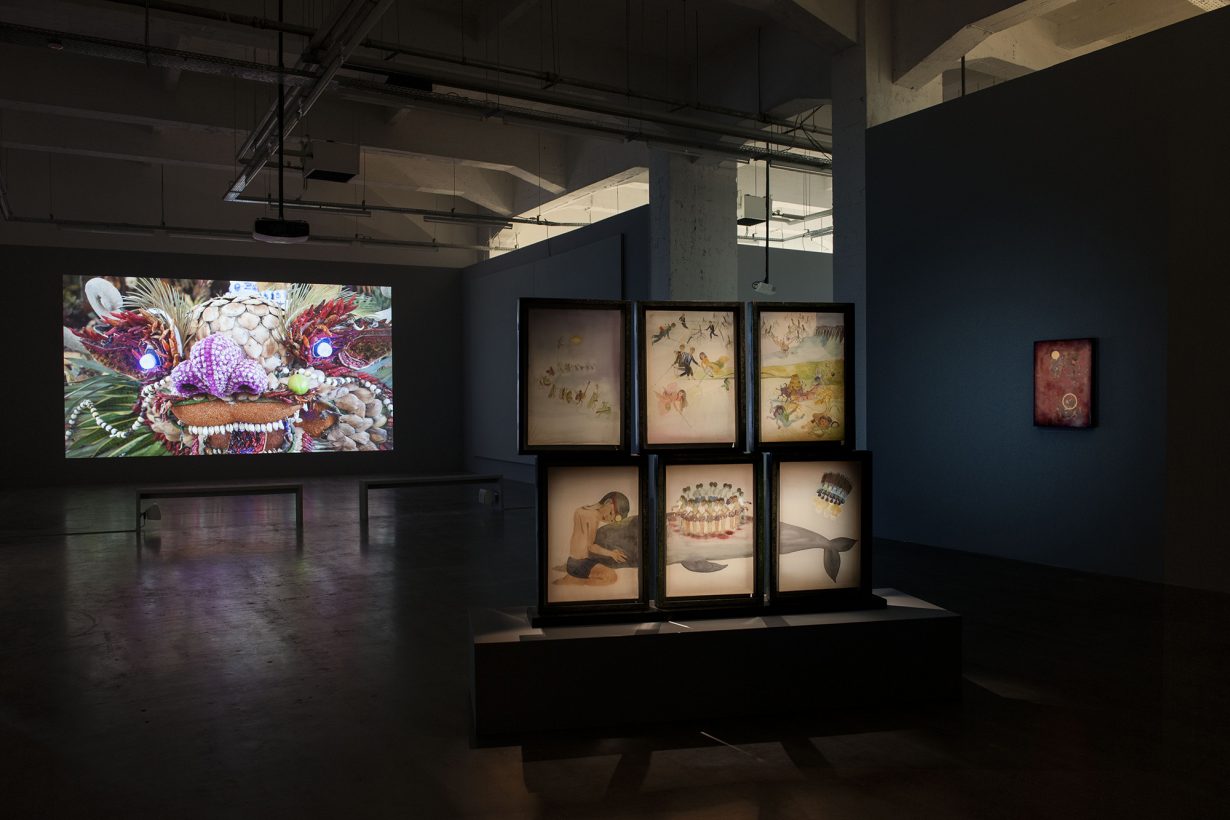
ArtReview Where does your passion for art come from, and what inspired you to start the foundation?
Han Nefkens I was brought up in a house with art, but it was antiques and paintings from the sixteenth and seventeenth centuries, definitely not contemporary art. I remember very clearly one day – I must have been about eight or nine – I went into our sitting room and I saw a painting of Madonna with a child. Obviously, it had been there all the time, but only then did I see it. Perhaps it was the way the light fell, but I was mesmerised by something that had been in our house all this time. That alerted me to the idea that art is something you can look at so many times, and see things so differently each time you look at it. From that time on, I started to look around with the enjoyment of watching. But I never thought I’d have a role in the artworld.
Growing up in a quiet suburb of Rotterdam, I felt very isolated. I felt that I wasn’t able to connect with the children my own age. I had so many different interests. It’s this situation I’ve been thinking a lot about, the situation of being an outsider. An outsider has the privilege of having a view of the world from a distance. On the other hand, the price to pay for that is this sense of loneliness, of not being part of the rest of the world. It’s double-sided.
Why do artists and writers like myself keep working? You can make an artwork and you can write, to explore things and to express yourself. But what is the need to share that with the rest of the world, to take that next step? I think the need to share work with the rest of the world is our way of connecting with that world. We become part of the world a little bit, we become a little bit less of an outsider. Except that the feeling doesn’t last very long; because right away, after finishing one piece, in my case, I feel like writing another. It’s the same with artists. That’s the motor that’s led right through to everything, both my writing and the creation of the foundation. The idea behind the foundation is to help people who have the same drive, but through video art.
AR What do you think art has to offer society?
HN Art offers a different viewpoint, it shows the viewer the way the artist views the world. After you’ve seen good work, you go out on the street and you see the world differently somehow. The other part is the connection with other cultures. Some video art is not so easy, but even art you don’t like, you keep on thinking about why you don’t like it. Something happens. It changes you in a way.
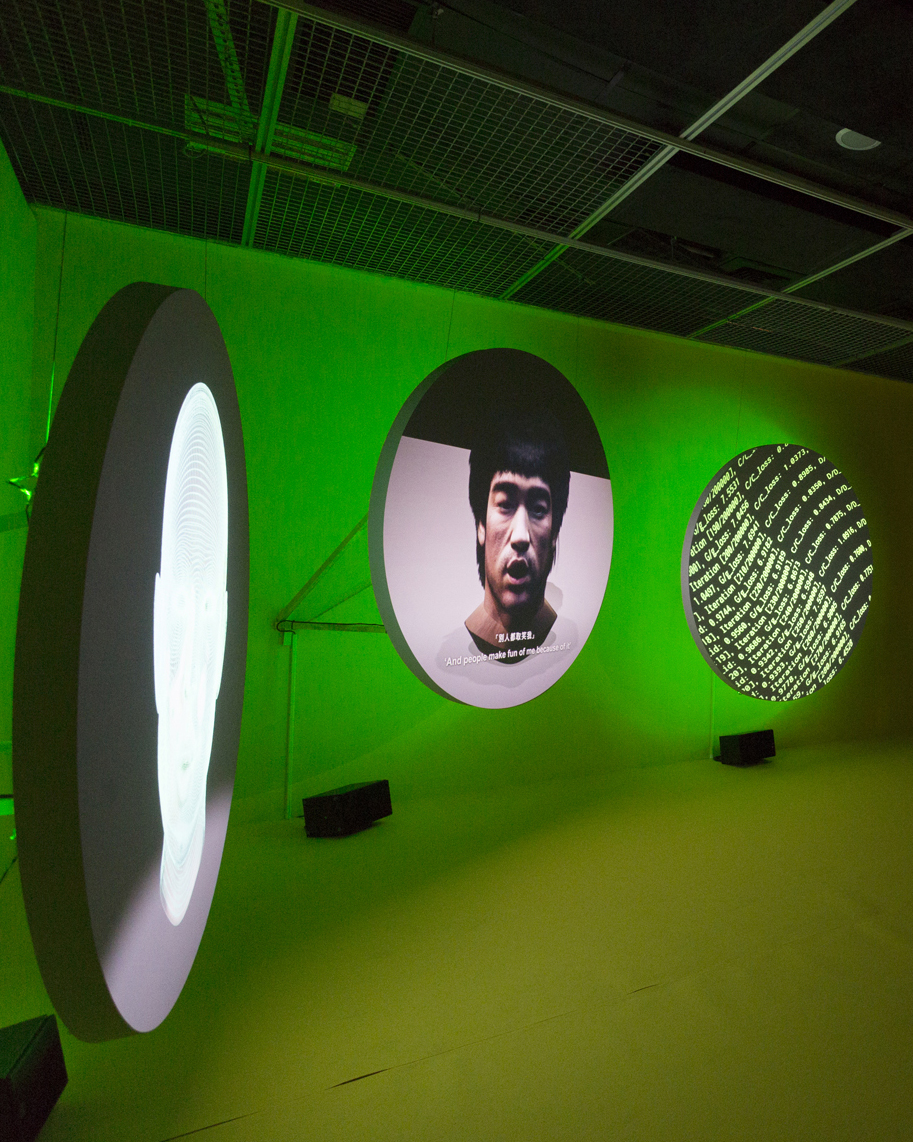
AR What role is there for art philanthropy?
HN One, it’s good for society: philanthropy can make projects possible that wouldn’t get financing in any other way, because they don’t fit into certain models, government-wise, or certain other institutions. That creates liberty. It also creates opportunities for artists to make work. In our case, for example, artists from South and Southeast Asia who don’t get financing because they’re not on the radar of bigger foundations. Secondly, I don’t think there’s anybody who has participated in these projects who doesn’t feel afterwards a great sense of satisfaction. It’s a really wonderful feeling to see a work of art that wouldn’t have been there without you. It’s rewarding for the philanthropist, though I don’t like that word at all.
AR Could you explain how your foundation operates?
HN The way the foundation works is always in collaboration with other art institutions. We’re working now with about 60 different art institutions all over the world, and it’s always from a point of equality. I think it’s a really important point that the art institutions we work with have a sense of ownership, that they were there right from the beginning. That informs the whole procedure of selecting a candidate. This procedure is immensely important to me, because it’s really the way I see life and see society: listening to others.
In a way, I provide the environment for art institutions to have a conversation among themselves, and it’s important to listen. We’re so used to living in a society where conversations are really sort of mutual monologues – you know, one person talks and the other waits until it’s time for them to talk, but there’s no real listening. Because a decision has to be made, the art institutions listen to each other talk about why a particular work might or might not be suitable for an art institution, and it requires generosity from all the institutions. The interesting thing is that, during the conversation, the thoughts about which artist could get the grant or the commis- sion changes, and in the end, they change because they listen to others. They think about it in another way. I find that so uplifting, to have a conversation that really leads to something, a choice that everybody feels happy about, but that’s not within the agenda.
AR Did the structure of the foundation evolve organically, or were there other models that influenced you?
HN There are no models like this, it has developed organically. In the beginning, when we started commissioning with art institutions, we kept a copy of each video for ourselves. We did that because that’s what’s being done by other foundations, right? But then we thought, what are we going to do with that copy? We decided to ask the artist for a viewing copy, so we can show the work when we need, and the artist has an extra copy to sell. The idea of not expressing our opinion also evolved because I asked myself, ‘How can I lead a conversation in an honest way?’ If I have an agenda, I cannot, so I prefer not to have an agenda. If I were the one to choose, it would always be the artist who goes with my aesthetic, or what I’m looking for in my private collection. But in this case, artists are chosen who might not have been my first choice, but I learned to appreciate it, so it’s a really enriching experience for me as well.
AR Do you think there are best-practice models for philanthropies?
HN Best practice is no agenda. Not only for ethical reasons, but also because of the surprises it brings. I remember I saw a video by an artist for the first time, I’m not going to tell you who. I thought, ‘Oh, my God, what’s this?’ And then I looked at it again and again, and now it’s one of my favourite videos, because it took me time to understand it. If you had an agenda, you would never have got there. It would have been the safe one, beautiful one, the poetic one. That would have been my choice, and it’s important that it wasn’t, to then have such a dynamic, lively work.
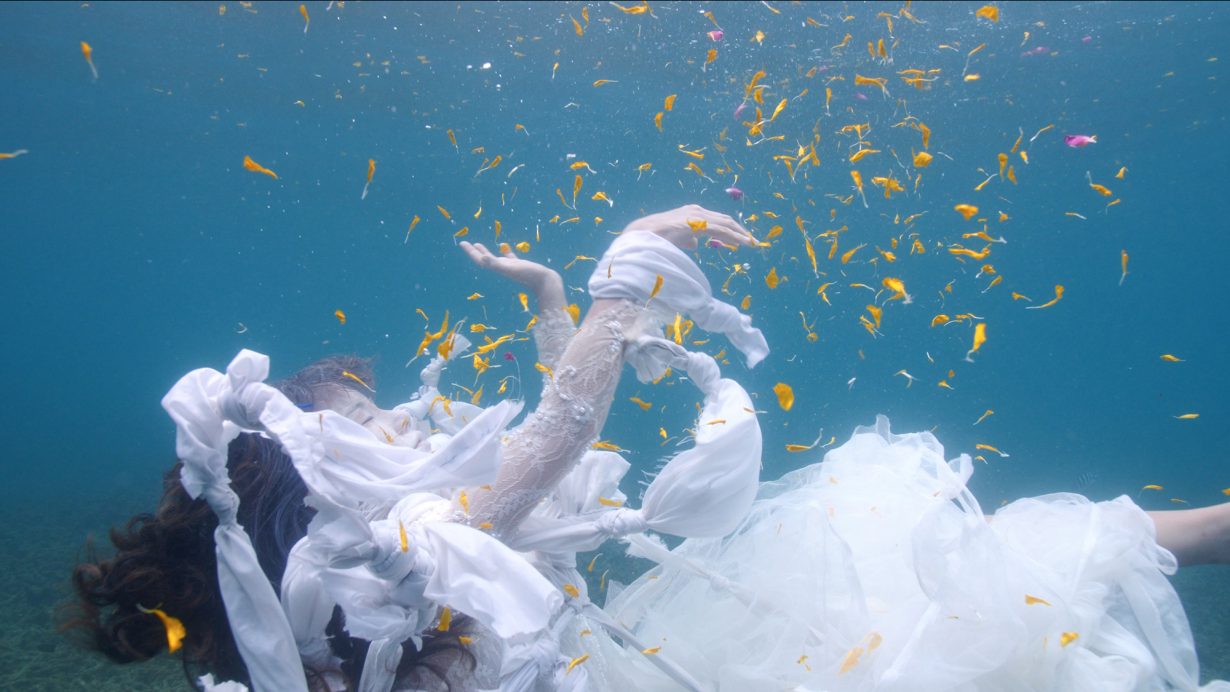
AR Would you say then that personal taste has no part in how the foundation is run? Or did it at one time, when the foundation was collecting works?
HN No part, no. At the beginning, the decision was always made with others, so our voice was one in five. But I did notice that sometimes others would sort of look at me to see what my choice was, and that’s when I said, ‘No, this is not what I want’.
AR Do you have a favourite artist or artwork?
HN I don’t believe in lists of favourites, because then you have to compare all sorts of things that really are incomparable, they’re so completely different. What I can tell you is that I’m excited, of course, about the work we’ve produced with our artists. I’m really proud of their work, I’m also very excited about the new projects that we have, and that’s what I anticipate with pleasure.
AR How do you go about selecting your partners?
HN Everything happens in a very organic way. Face-to-face conversations are really important. The scouts are people we know, or people that people we know know. Most of the scouts are young people, and later they move up and they become curators or even directors, so we already have contact that way. Sometimes our artists get an exhibition in an art institution, and then we get to know the institution that way. It really is all very fluid.
In the beginning, we had to go and tell institutions about what we do. But now they come to us and ask if we would like to collaborate with them, and then we can decide if that’s a fitting partnership or not. For the grants, we have five or six institutions, and we have to renew them constantly, because some institutions decide to do something else, or their focus shifts from South Asia to Southeast Asia. It moves around a lot as well. So again, I come back to the same point again: it’s always through contact and conversations with other people.
AR The number of institutions that you’re working with varies from year to year; is there a limit to what you can manage? If a new collaborator comes in, does someone else have to go?
HN We never tell somebody to go; they go out of business or shift to another direction. The limit is really about time, because we want it to be personal. We don’t want to set up an organisation where there are all sorts of other people. We want to get to know the art. That’s the fun, that’s why we do it. So there is obviously a limit to what we can handle timewise, but that doesn’t mean that now we’re not open to more collaborations.
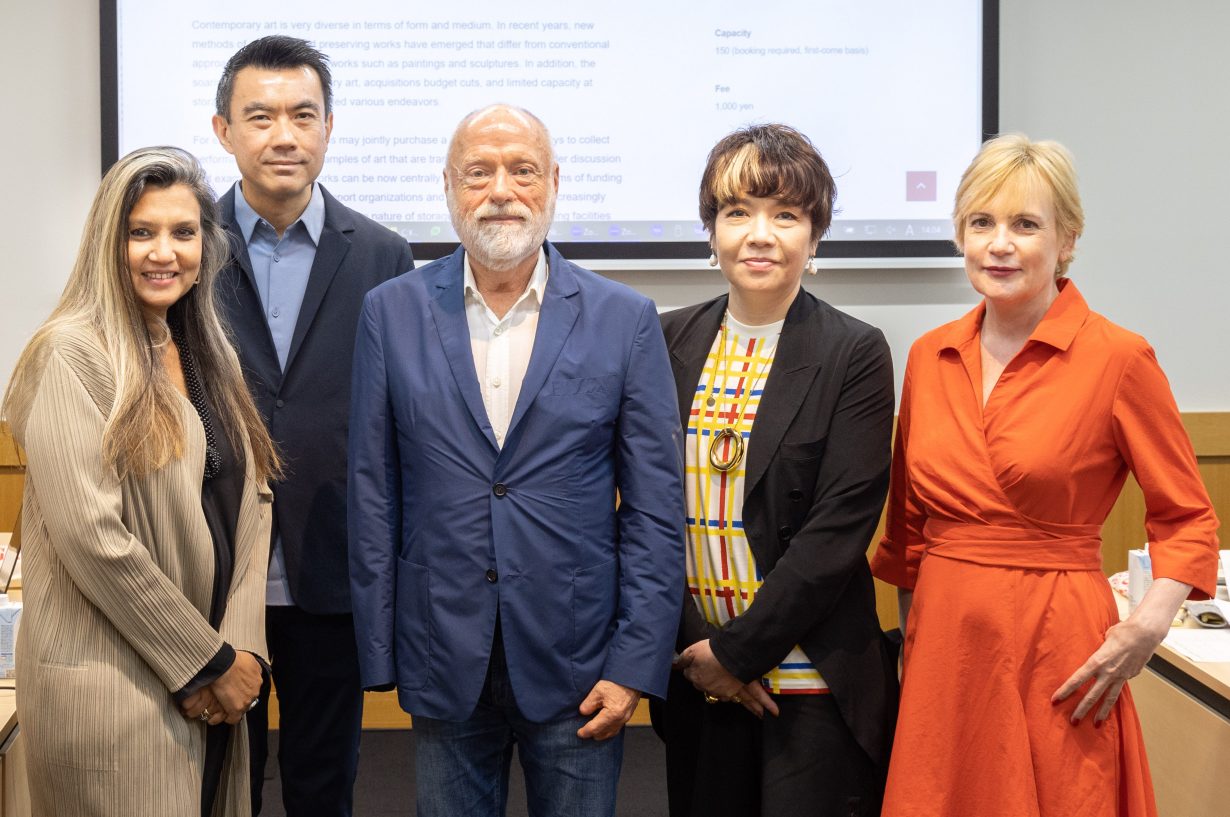
AR How do you measure the success of your collaborations with artists and other parties?
HN At a recent meeting we looked at several of the artists that we’ve worked with lately, and how many exhibitions they had besides the ones we had staged with them. We were incredibly surprised to see that all of them had had a total of about 24 exhibitions with the work we produced, or the work was bought by an art institution like Tate Modern, or they were given a commission by another foundation. The work that we produced was shown in so many other art institutions than the ones we work with, and we hadn’t even realised that. I think that’s a measure of a sort of lubrication and acceleration, and a sign of success.
AR Are there plans for the foundation after you’re no longer involved day to day?
HN I mean, when I die is when I’ll no longer be involved in anything. The foundation could continue on for about 10 or 15 years, to finish the projects that have been started. But it’s not that I’ve built a monument. The foundation won’t be there in 100 years, it’s too personal really.
AR Earlier, you said you don’t like the word ‘philanthropist’.
HN Well, at least not for me. It sounds a bit condescending towards the people you collaborate with, that it’s just good doing good. That’s not the way I experience it at all. To me, it’s a collaboration with so many different people, and the collaboration itself is what gives me joy. So yes, I’m the one who puts in the money; we put in ideas as well. But that’s equal to the art institutions, who put in their ideas, and their staff and crew; and then obviously the artists put in their part. So we all put in our parts. It’s very important that it’s equal. And ‘philanthropist’ does not cover that.
ArtReview’s May issue is accompanied by a standalone publication on philanthropy in the arts, with essays exploring funding models in North and South America, Africa, Europe and Asia, profiles of four prominent philanthropists and a guide to philanthropic initiatives around the world. This publication was created with the support of Han Nefkens Foundation
